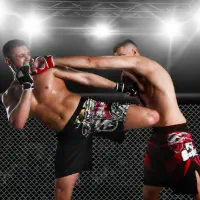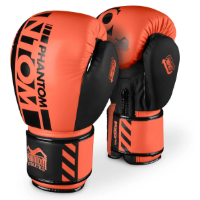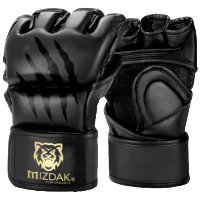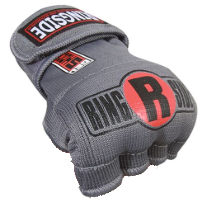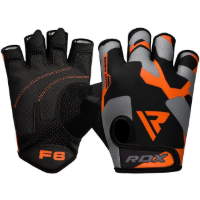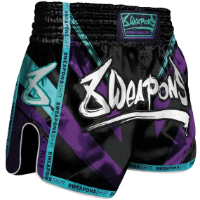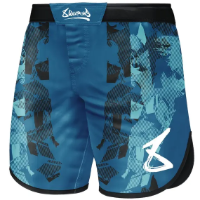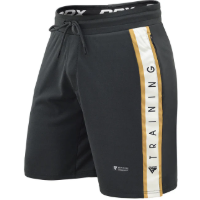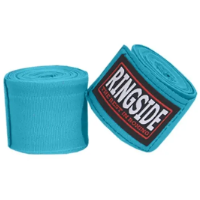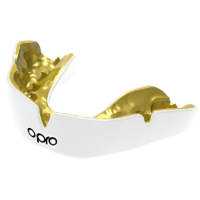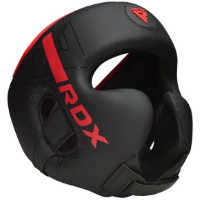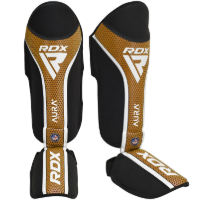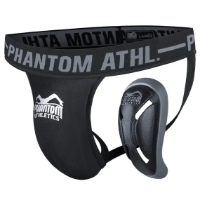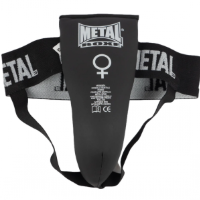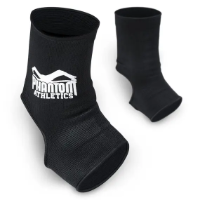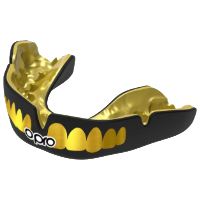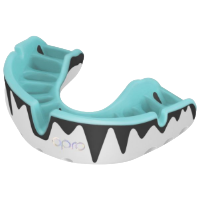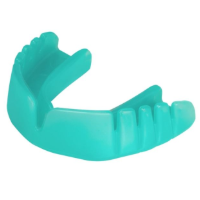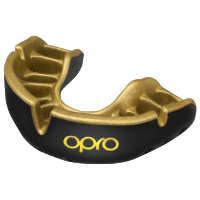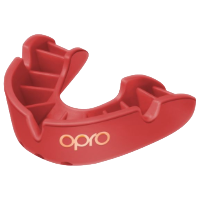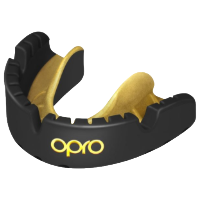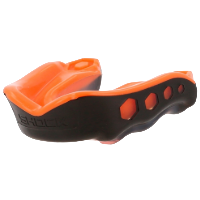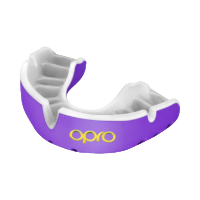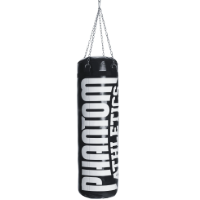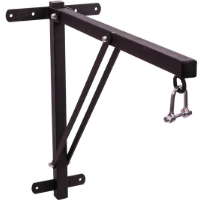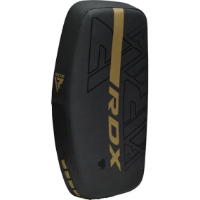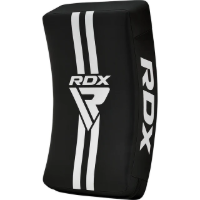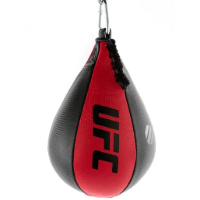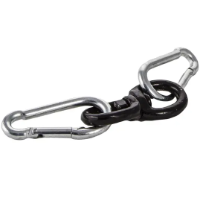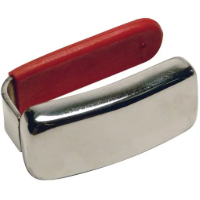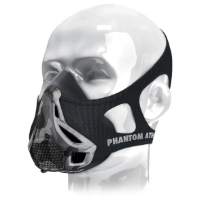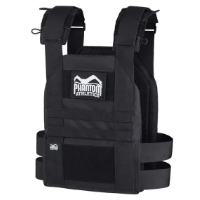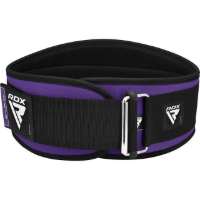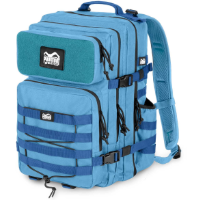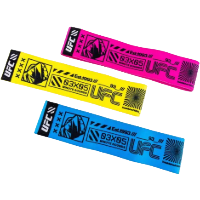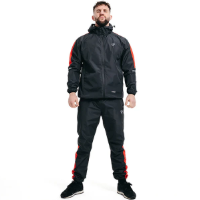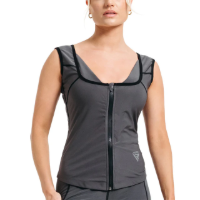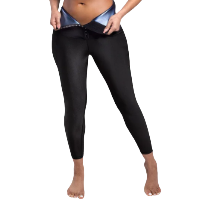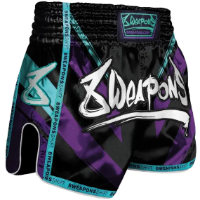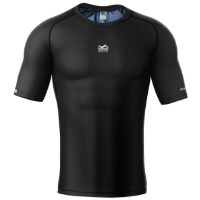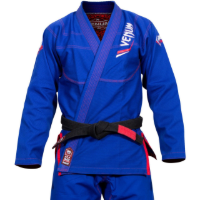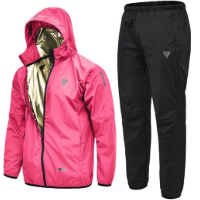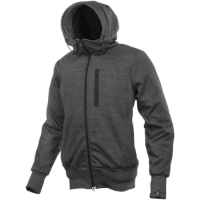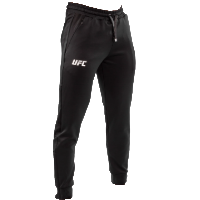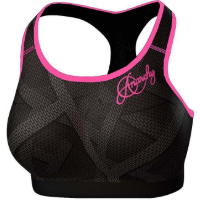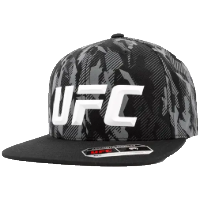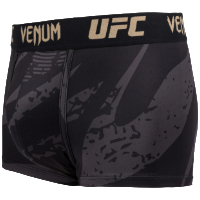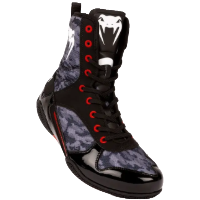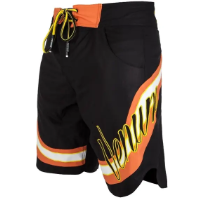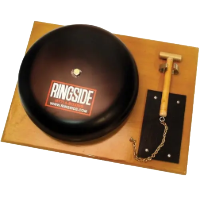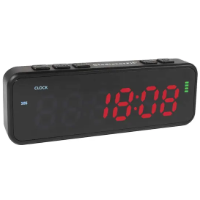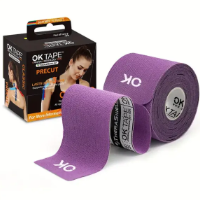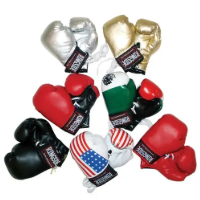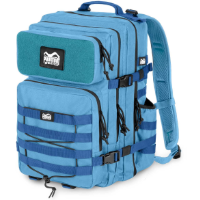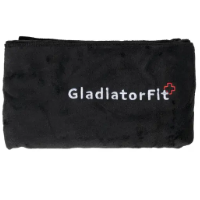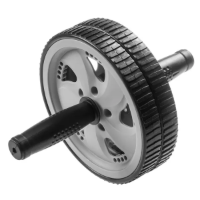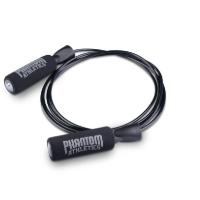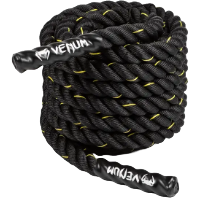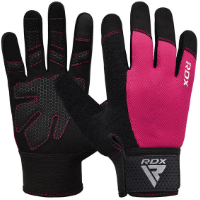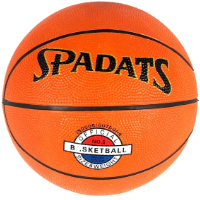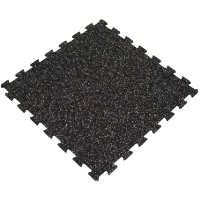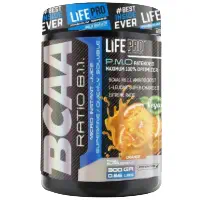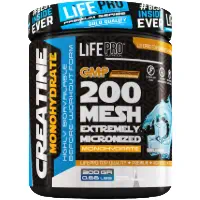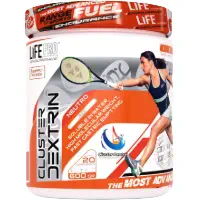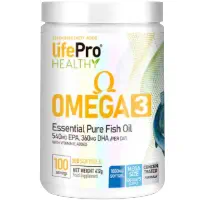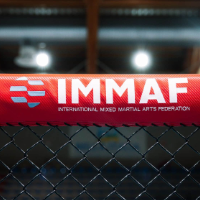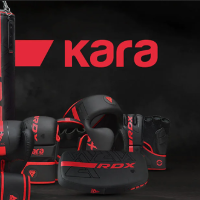-

-

-

-

-
 All - Gloves View
All - Gloves View<img src="Gants de boxe.jpg" alt="Gant de boxe et MMA">
-

-

-

-

-

-

-

-

-

-

-

-

-

-

022 341 92 19 Mon-Fri: 10:30-12:00, 13:30-15:30
Email contact@molardweb.ch
Address
Stronger, Faster, Cleaner: The Science of Compression Wear for Combat Athletes

Combat sports demand peak physical performance, razor-sharp reflexes, and rapid recovery. From MMA and boxing to BJJ and Muay Thai, fighters are adopting compression apparel as part of their competitive edge. But is it just a trend, or is there real science behind the gear?
What is Compression Apparel?
Compression wear consists of tight-fitting garments made from elastic materials like spandex and nylon. These garments apply controlled pressure to specific muscle groups, stabilizing movement and enhancing blood flow.
Why Combat Athletes Are Turning to Compression Wear
- Muscle Stabilization: Reduces oscillation and fatigue.
- Improved Circulation: Enhances blood flow and oxygen delivery.
- Recovery: Lowers soreness and inflammation.
- Proprioception: Boosts body awareness.
- Confidence: Psychological and practical advantages.
- Hygiene: Skin protection in grappling.
How to Choose the Right Gear
- Check fit and sizing
- Choose breathable, durable materials
- Select appropriate compression levels
- Decide between short/long sleeves and layering
- Proper care for longevity
Conclusion
Compression apparel isn’t magic—it’s a science-backed tool that supports performance, enhances comfort, and aids recovery for combat athletes.
FAQs
- Q: Should I wear compression gear during or after training?
A: Both. During training, it supports muscles and enhances circulation. After training, it aids in recovery and soreness reduction. - Q: Is compression gear necessary for beginners?
A: Not necessary, but beneficial—especially for those training regularly or dealing with soreness. - Q: Can I layer compression with other fight gear?
A: Yes. Many fighters wear compression under shorts, rash guards, or gi for extra support and hygiene. - Q: How do I know if my compression gear is too tight?
A: If it restricts movement, cuts off circulation, or causes discomfort, it’s too tight. - Q: What’s the difference between rash guards and compression shirts?
A: All rash guards are compression shirts, but not all compression shirts are built for grappling. Rash guards are designed for durability, skin protection, and contact-heavy sports.
No posts found
Write a review
- 8 WEAPONS Kids Muay Thai Shorts | Christmas Gift
- Combat Sports Near You in Switzerland: Gyms & Styles
- Freestanding Punching Bag: Perfect Training at Home
- Which RDX Boxing Gloves to Offer for Christmas: Switzerland Guide
- Christmas Gift Ideas 2025 for Combat Sports Athletes
- Official RDX WAKO Line: Certified Kickboxing Competition Gear
- The Ultimate Muay Thai Guide: History, Principles and Essential Gear
- Benoit St Denis vs Beneil Dariush – Full Fight Analysis & Lightweight Division Impact
- Stronger, Faster, Cleaner: The Science of Compression Wear for Combat Athletes
- Personal Gear in Combat Sports: Gloves Are Not for Sharing
- How Phantom Boxing Gloves Are Redefining Cool for Modern Fighters
- Keep Your Boxing Gloves Odor-Free: Complete Care Guide
- 2 Jardin-Alpin,
1214 Meyrin
Suisse - +41 22 391 42 19
- Monday-Friday 8:00 - 14:00
- info@combatcorner.ch
- Voir sur la carte
© 2017 - 2025 Molard Web SA. Powered by Nelocom GmbH












